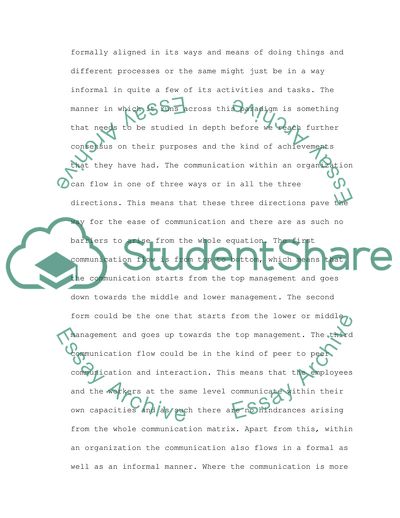Cite this document
(Business Performance Measurement Essay Example | Topics and Well Written Essays - 3250 words, n.d.)
Business Performance Measurement Essay Example | Topics and Well Written Essays - 3250 words. https://studentshare.org/management/1705984-operations-management-assignment
Business Performance Measurement Essay Example | Topics and Well Written Essays - 3250 words. https://studentshare.org/management/1705984-operations-management-assignment
(Business Performance Measurement Essay Example | Topics and Well Written Essays - 3250 Words)
Business Performance Measurement Essay Example | Topics and Well Written Essays - 3250 Words. https://studentshare.org/management/1705984-operations-management-assignment.
Business Performance Measurement Essay Example | Topics and Well Written Essays - 3250 Words. https://studentshare.org/management/1705984-operations-management-assignment.
“Business Performance Measurement Essay Example | Topics and Well Written Essays - 3250 Words”. https://studentshare.org/management/1705984-operations-management-assignment.


